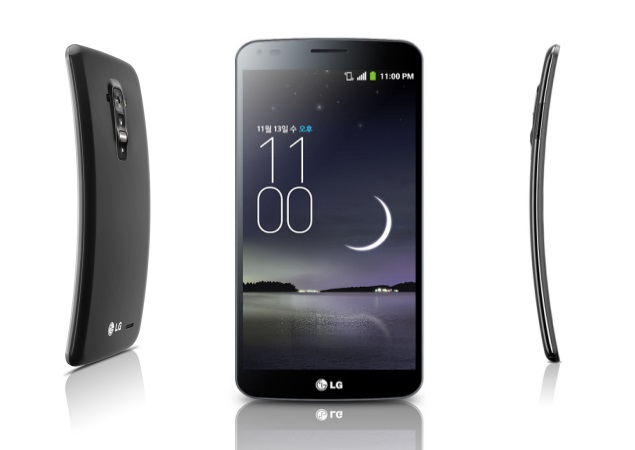Curved Glass Screen Fad
As always with consumer products, but even more so with smartphones, companies are always trying to create the next big thing. One of those new trends is the use of a curved display in smartphones and HDTVs. While the idea of having a curved display might sound cool, one might wonder what the advantages are of having a display that can be curved or is permanently curved. As of right now, it is not all that apparent as to what the advantages are. One of the only major benefits right now is that image quality has been greatly increased in HDTV screens primarily. After Samsung created the first TV with a curved display, many HDTV and smartphone makers followed suit. LG has now released the LG G Flex onto AT&T, Sprint, and T-Mobile. Samsung also created the Samsung Galaxy Round Smartphone. While Sony, Samsung, and LG have all created massive curved OLED/4K TVs, there are many brands that have not yet jumped on board. For those of you that do not know what a 4K TV is, it is simply a TV with 4,000 pixels (the average HDTV has about 1080 pixels) across the screen.
I should clarify that while these TVs would be awesome to have in your home, the majority of them cost over $2,000, some even reach prices of $10,000 to $20,000. As of right now the largest available flat TV is about 70 or 80 in. measured diagonally. Some of the curved screens reach up to a whopping 105 inches! Overall, while these TVs and smartphones would be very cool and unique to have, there is no apparent advantage to using this feature, and it will be seen as these devices grow more popular if they ever do develop any advantages over their flat counterparts or not.











